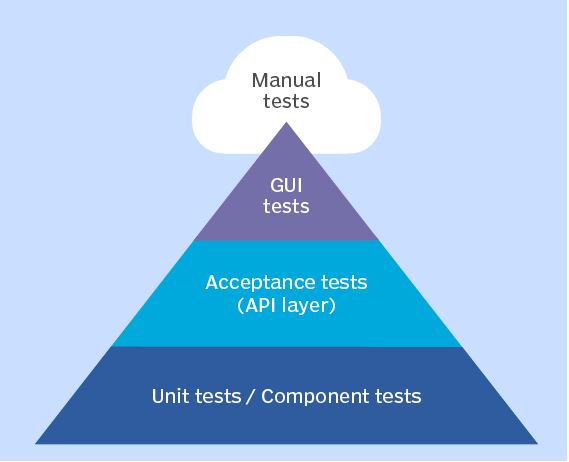Unit Testing

In computer programming, unit testing refers to a method by which individual units of source code are run to find out if they are fit for use. Unit tests are the creation of programmers or white box testers (occasionally).
Generally, software developers write and perform unit tests to ensure that code connects to its design. Further, its implementation can vary from manual to electrical.
Benefits
- The main purpose of unit testing is to segregate each part of the program to show that the individual parts are correct. A unit test gives a strict, written contract that the piece of code must assure.
- Unit tests detect problems early in the development cycle which helps the business to take actions at the right time.
- Readily-available unit tests make it easy for the programmer to check whether a piece of code is still working properly.
Limitations
- Like every other testing, unit testing is not capable to catch every error in the program. In addition, according to the definition, unit testing only tests the functionality of the units themselves.
- It only depicts the presence of errors and does not show the absence of errors.
- Above all, this process is time-consuming and the investment may not worth the effort.
Agile Unit Testing
Agile unit testing is a short program fragment basically written and nurtured by the developers on the product team. The developers employ some narrow part of the product’s source code and check the results. The outcome of a unit test is either a “pass” or “fail”. Developers will typically write a large number of unit tests is called a “test suite”.
In a sprint planning meeting, it is important to consider the additional time to write unit tests while estimating each user story. Eventually, writing unit tests is an essential prerequisite to keep your velocity constant for longer software projects with several developers.
Get certified and unlock more opportunities. Practice and Validate your skills to become a Certified Agile Testing Professional Now

